Table of Contents
Introduction
In the ever-evolving digital landscape, your e-commerce conversion rate is more than just a number—it’s a direct reflection of how well your online store turns visitors into paying customers. With growing competition and changing consumer behavior, businesses can no longer rely solely on traffic. Success in 2025 demands a deep understanding of what motivates buyers to click “Add to Cart” and complete their purchase. By mastering the psychology behind shopper decisions and optimizing every step of the journey, you can dramatically boost conversions and outpace your competition.
This blog explores the key psychological triggers that impact digital buying decisions, helping you craft a digital marketing strategy that doesn’t just attract clicks but converts them into real revenue.
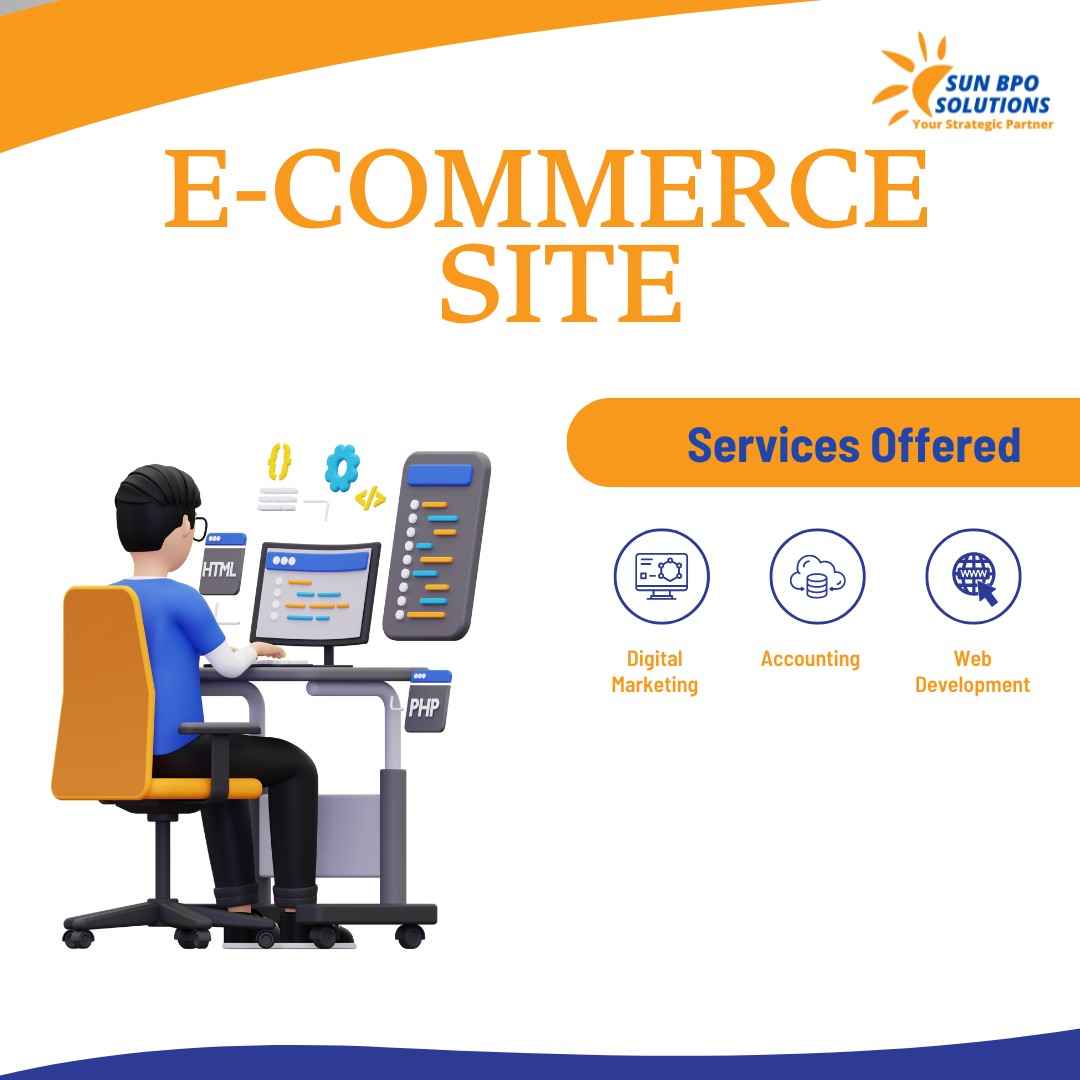
Why Add-to-Cart Psychology Matters in E-commerce Digital Marketing
In the world of e-commerce digital marketing, success depends not just on visibility but on influence. Knowing what persuades your audience to click “Add to Cart” can transform your conversion rates and customer journey.
A strong strategy taps into emotions, trust, design, and timing, allowing brands to align with natural consumer behavior trends rather than fight them. Let’s dive into the psychological triggers that shape how people buy online.
5 Psychological Triggers That Drive Add-to-Cart Decisions
✅Buyers want results—fast. When your product offers an immediate solution or relief, it activates the brain’s reward center. Phrases like “Instantly boosts energy” or “Feel the difference today” resonate emotionally.
Marketing Tip: Highlight quick wins, use action words, and show visual outcomes (before/after, lifestyle use).
✅People trust other people. That’s why reviews, ratings, testimonials, and UGC (user-generated content) are essential trust builders.
What to Use:
- Verified buyer tags
- “10K+ happy customers”
- Real-time popups like “Someone just purchased this!”
Marketing Tip: Place trust indicators near CTAs and make them visually consistent across your site.
✅Creating FOMO (fear of missing out) is a classic persuasion tactic—and it still works brilliantly.
Effective Examples:
- “Only 2 left in stock!”
- “Offer ends in 3 hours!”
- “30 people are viewing this product.”
Marketing Tip: Use countdown timers, stock counters, and flash sale banners to boost urgency and influence quicker decisions.
✅Visuals drive action. A messy product page filled with too much text or poor images causes friction. A clean, mobile-friendly layout improves trust and supports faster add-to-cart decisions.
What to Improve:
- Mobile responsiveness
- High-resolution product photos
- Sticky “Add to Cart” button
- Short, benefit-driven descriptions
Marketing Tip: Conduct A/B testing and analyze heatmaps to optimize layouts.
✅Everyone loves a bonus. Strategic offers give shoppers the extra push they need.
Winning Offers:
- Free shipping over ₹999
- Buy 1 Get 1 Free
- First-time buyer discounts
- Easy returns and money-back guarantees
Marketing Tip: Feature these offers early on the product page or in exit-intent popups.
How Brands Can Use Add-to-Cart Psychology to Convert More in 2025
Now that you understand the key psychological triggers, the next step is applying them with intention.
Here’s a checklist to include in your digital marketing strategy:
- ✅ Use emotional benefit-focused headlines
- ✅ Add product reviews, testimonials, and trust badges
- ✅ Implement timers or stock counters to create urgency
- ✅ Streamline UX across desktop and mobile
- ✅ Highlight discounts, bundles, and returns early in the journey
These tactics aren’t just gimmicks—they’re grounded in behavioral science that turns browsers into buyers.
Top Psychological Triggers That Influence Add-to-Cart Behavior
Future Vision: Where Add-to-Cart Psychology Is Headed
As AI and personalization technologies advance, the future of e-commerce digital marketing will be powered by real-time emotional triggers and predictive behavior models.
Smart websites will adjust copy, color schemes, and CTA placements dynamically based on consumer behavior trends, leading to highly individualized experiences.
Businesses that understand and apply consumer psychology will outperform competitors, not by shouting louder, but by whispering the right message at the right time.
The future lies in empathic selling: understanding users deeply and guiding them smoothly from interest to intention to action.
Final Thoughts
In the world of digital retail, your goal isn’t just traffic—it’s trust. The moment a user adds something to their cart is a peak emotional micro-conversion. It’s your job to design experiences that align with consumer behavior, lower barriers, and increase confidence.
Whether you’re optimizing landing pages, designing ads, or crafting email sequences, these psychological triggers should guide your choices.
The key isn’t just to sell—but to resonate.
Share your thoughts in the comments! 🚀
Stay updated with SunBPO Solutions for the latest trends, insights, and strategies to keep your business ahead of the curve!
Frequently Asked Questions (FAQs)
What is the psychology behind add-to-cart decisions?
It includes emotional appeal, urgency, trust signals, visual design, and reward incentives. These influence user behavior at key decision points in the funnel.
How do I increase my e-commerce conversion rate?
Use emotionally driven messaging, show social proof, offer irresistible value (free shipping or discounts), and make your site easy to navigate, especially on mobile.
What role does consumer psychology play in marketing?
It helps brands understand buying behavior and triggers, which can be used to craft more persuasive marketing experiences and content.
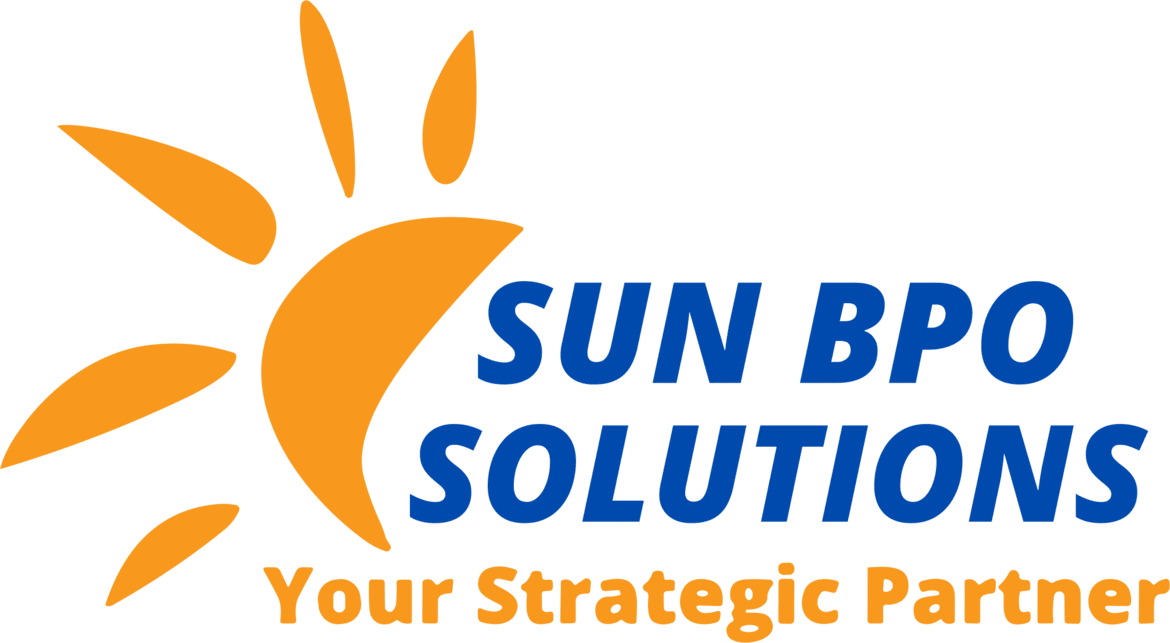
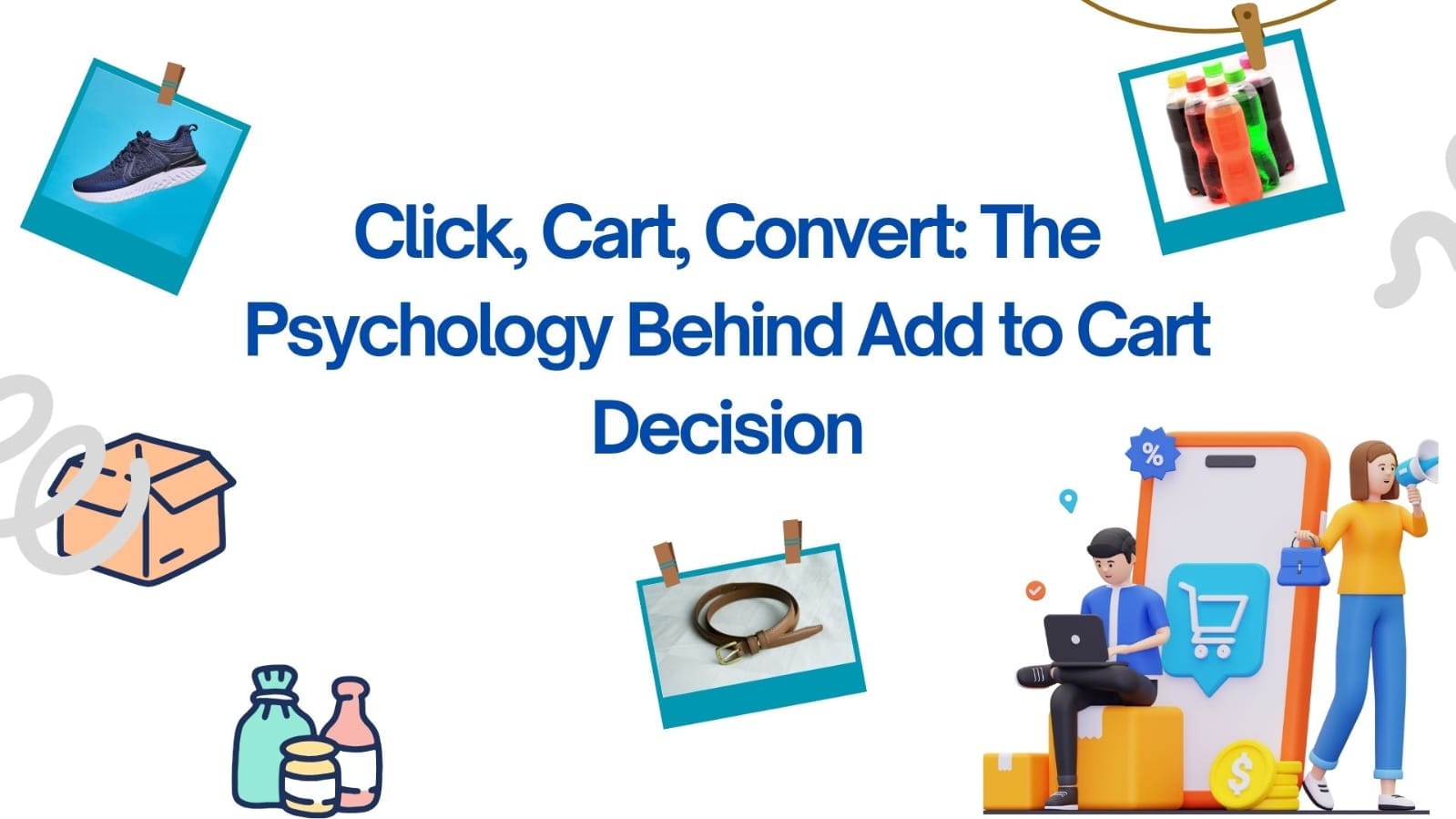
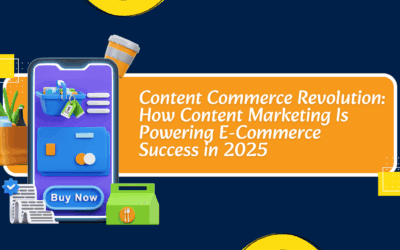
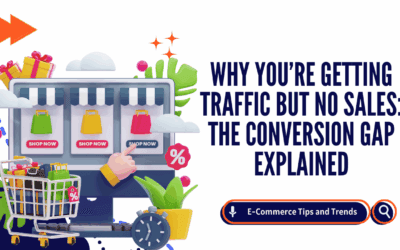
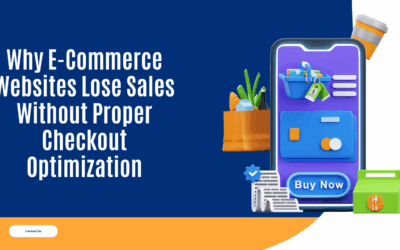
0 Comments